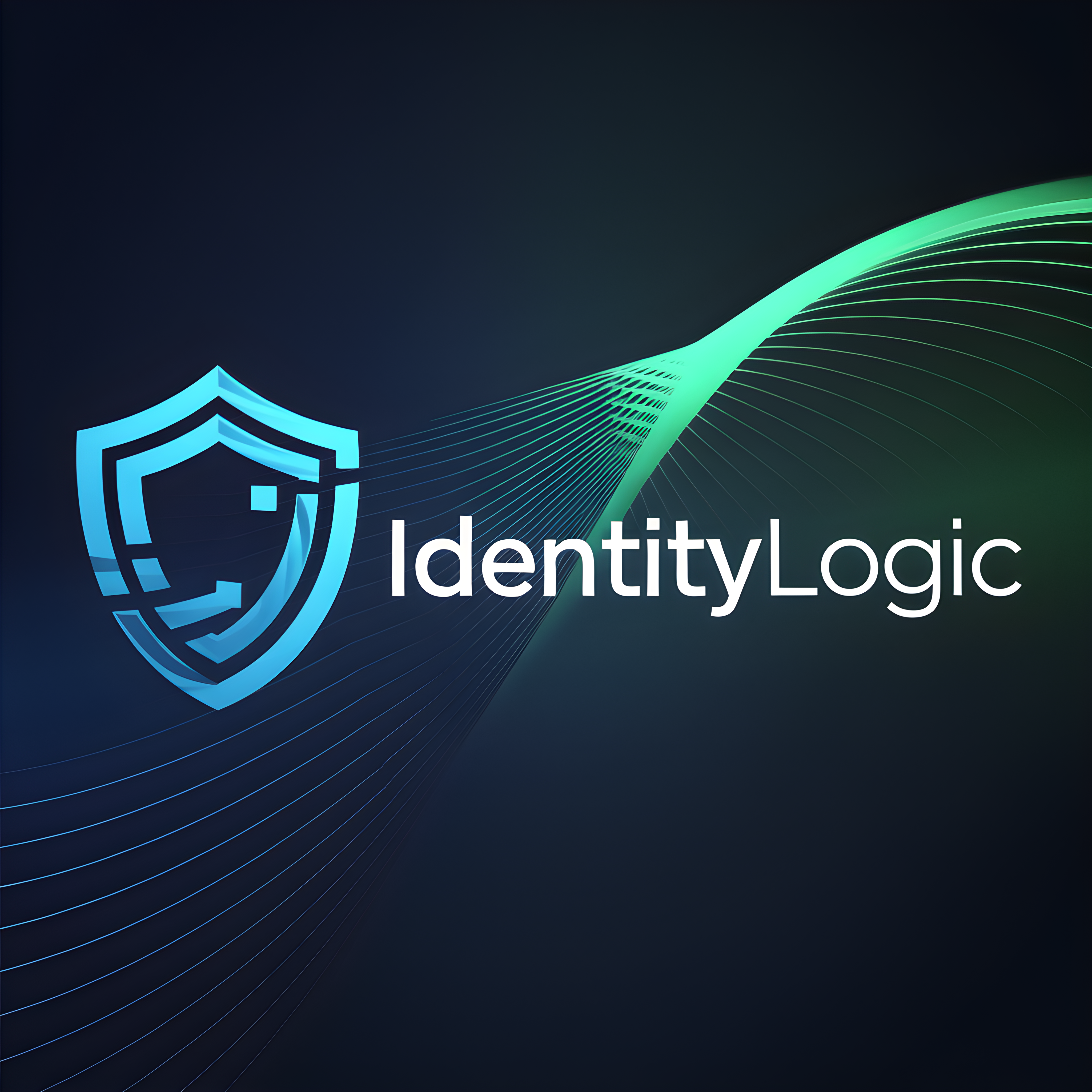How can companies ensure their technology tools are secure?
- IdentityLogic Team
- Feb 12, 2024
- 3 min read
Updated: Apr 30

Ensuring that technology tools are secure is a critical aspect of modern business operations. Companies can implement a comprehensive cybersecurity strategy to safeguard their technology tools. Here are essential steps to help companies enhance their technology tool security:
1. Risk Assessment:
Identify and assess potential risks and vulnerabilities in your technology tools, systems, and infrastructure.
Prioritize assets and data based on their importance to the organization.
2. Access Control:
Implement strong user authentication and access controls.
Enforce the principle of least privilege (POLP) to limit access to only what is necessary for each user's role.
3. Regular Software Updates and Patch Management:
Keep all software, operating systems, and applications up-to-date with security patches and updates.
Establish a regular schedule for patch management to address vulnerabilities promptly.
4. Firewalls and Intrusion Detection/Prevention Systems (IDPS):
Employ firewalls to monitor and control incoming and outgoing network traffic.
Use IDPS to detect and prevent unauthorized access, attacks, or abnormal network behavior.
5. Data Encryption:
Encrypt sensitive data both in transit and at rest to protect it from unauthorized access.
Use strong encryption algorithms and secure key management practices.
6. Regular Security Audits and Penetration Testing:
Conduct periodic security audits and penetration tests to identify vulnerabilities and weaknesses.
Address identified issues promptly to improve security.
7. Employee Training and Awareness:
Train employees on security best practices and raise awareness about cybersecurity threats.
Implement a security culture where employees understand their roles in maintaining security.
8. Incident Response Plan:
Develop a robust incident response plan outlining steps to take in case of a security breach.
Ensure employees are aware of the plan and their roles during a security incident.
9. Security Monitoring and Logging:
Implement continuous monitoring of systems and networks for suspicious activities.
Maintain detailed logs to track and investigate security incidents.
10. Vendor Security Assessment:
Evaluate the security measures of third-party vendors or suppliers who provide technology tools or services.
Ensure they meet your security standards and requirements.
11. Regular Security Updates to Technology Tools:
For software and tools developed in-house, keep the codebase secure by addressing known vulnerabilities and conducting regular code reviews.
12. Backup and Disaster Recovery:
Regularly back up critical data and systems to ensure business continuity in case of data loss or system failures.
Develop and test a disaster recovery plan.
13. Compliance with Regulations:
Stay informed about industry-specific regulations and compliance requirements (e.g., GDPR, HIPAA, PCI DSS) and ensure your technology tools meet these standards.
14. Security Awareness Training:
Educate employees about common cyber threats, phishing attacks, and social engineering tactics to reduce the risk of insider threats.
15. Secure Development Practices:
Implement secure coding practices during the development of custom applications and software.
16. Security Auditing and Monitoring Tools:
Utilize security auditing and monitoring tools to track and analyze network traffic, system activity, and potential threats.
17. Secure Network Architecture:
Design and maintain a secure network architecture, including segmentation to limit lateral movement in case of a breach.
18. Cloud Security:
Implement robust cloud security measures when using cloud-based technology tools and services.
19. Third-Party Security Assessments:
Assess the security of third-party plugins, extensions, and integrations used within your technology tools.
20. Continuous Improvement:
Cybersecurity is an ongoing process. Regularly review and update your security strategy to adapt to evolving threats and technologies.
By following these best practices and adopting a proactive approach to cybersecurity, companies can significantly enhance the security of their technology tools and protect their sensitive data and assets.




Comments